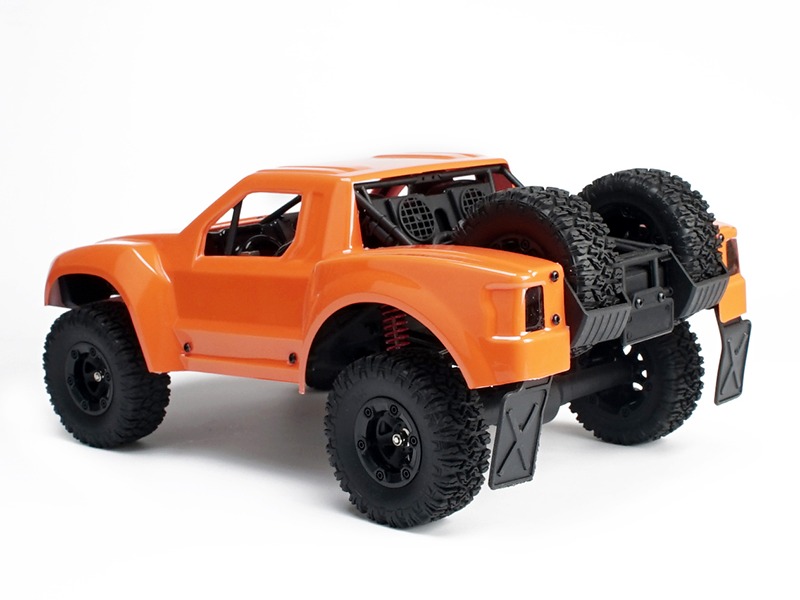How far do RC cars drag?

RC cars, or radio-controlled cars, are miniature vehicles that are powered by electric motors and controlled remotely by a handheld transmitter. RC cars come in a variety of sizes and styles, from small, toy-grade models to large, professional-grade models. RC cars are popular among hobbyists and racers alike, and they can be used for a variety of purposes, from racing to stunts.
When it comes to drag racing, RC cars are no exception. Drag racing is a type of motor racing in which two or more vehicles compete to see which can cover a certain distance in the shortest amount of time. Drag racing is popular among RC car enthusiasts, as it allows them to test their vehicles’ speed and performance.
So, how far do RC cars drag? It depends on the type of RC car and the type of drag race. Generally, RC cars can drag race up to a quarter-mile, which is about 400 meters. However, some RC cars are capable of drag racing up to a half-mile, which is about 800 meters.
The type of RC car also affects how far it can drag. For example, nitro-powered RC cars are typically faster than electric-powered RC cars, so they can drag race farther. Nitro-powered RC cars can drag race up to a half-mile, while electric-powered RC cars can usually only drag race up to a quarter-mile.
In addition, the type of drag race also affects how far an RC car can drag. For example, in a straight-line drag race, the RC car can drag race up to a quarter-mile. However, in a drag race with turns, the RC car can only drag race up to a half-mile. This is because the turns require the RC car to slow down and turn, which reduces the distance it can cover.
Finally, the type of surface on which the RC car is racing also affects how far it can drag. For example, on a smooth, flat surface, the RC car can drag race up to a quarter-mile. However, on a rough, uneven surface, the RC car can only drag race up to a half-mile.
In conclusion, RC cars can drag race up to a quarter-mile or a half-mile, depending on the type of RC car, the type of drag race, and the type of surface. Nitro-powered RC cars can usually drag race farther than electric-powered RC cars, and drag races with turns can usually only be drag raced up to a half-mile. Finally, the type of surface on which the RC car is racing also affects how far it can drag.
Comments / Question
1. Increasing the size of the tires. Larger tires provide more traction and can help the car move further.
2. Increasing the weight of the car. Adding weight to the car will make it more difficult for it to be pushed or dragged, therefore allowing it to move further.
3. Adding a drag chute. This is a parachute-like device that attaches to the back of the car and helps to slow it down, allowing it to move further.
4. Adding a motor. Adding a motor to the car will help it to move further as it will provide additional power and torque.
5. Adding a differential. A differential helps to transfer power from the drive shaft to the wheels, which can help the car move further.
2. Motor power: A powerful motor will increase the car's torque and speed, allowing it to travel farther.
3. Weight: An RC car that is carrying excessive weight will be slower and unable to travel as far as a lighter car.
4. Track conditions: Factors such as surface type, terrain, and obstacles can all affect how far and how fast the car can drag.
5. Wheel grip: Poor tire grip can reduce the car's traction and slow it down, reducing its drag distance.
6. Tire size: A larger tire will provide more contact with the surface of the track, providing better traction and allowing the car to travel farther.
7. Wind: A strong headwind can slow the car down and reduce its range, while a tailwind can give it a boost.

